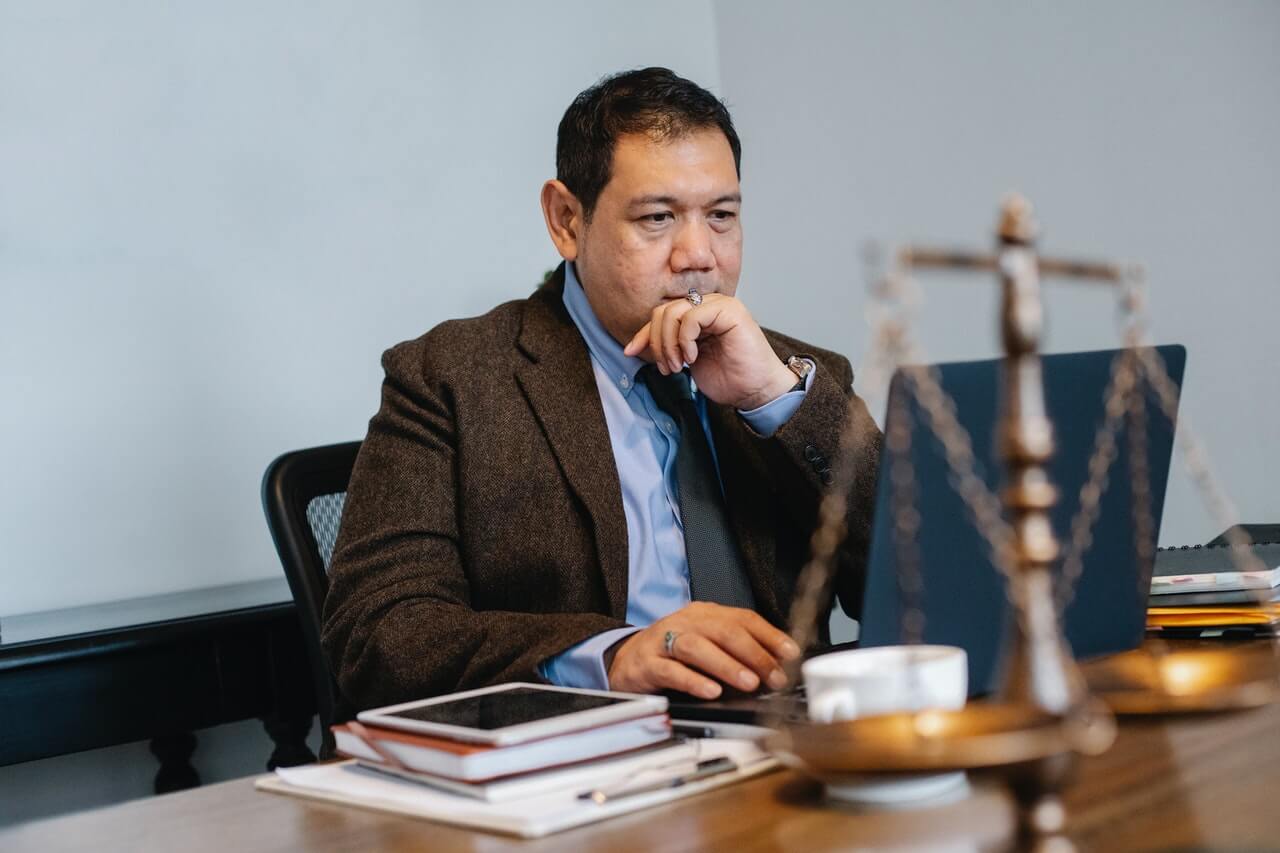[Editor’s note: In this guest post, Don Martin, president of Don Martin Public Affairs, outlines the dangers that arise when legal and PR don’t work together, as well as the benefits to be reaped when they cooperate.]
In most corporate situations or crisis the inevitable question arises about which role is paramount — the legal team, the PR/Crisis Manager, or a combination of the two — and who trumps who, when and why.
In a corporate crisis, there is often a battle between attorneys and the PR/Crisis Manager but a decision about which path to follow must be made by corporate leadership. Usually the attorney’s job is to point out every conceivable reason NOT to do something. And occasionally legal wins. After all, their role is to protect the corporation. But often that strategy wins the battle but loses the war.
Many times there is a pressing need for the corporate President to step up to the microphone, admit mistakes, apologize, and to say that every effort will be made to correct the situation.
Over the years I’ve found many attorneys who are willing and able to work hand in hand with PR with the common goal of what’s best for the organization. My best clients recognize and practice this. We have generic statements ready to go in advance. Sometimes PR wins, sometimes the attorney wins, but 90% of the time it is a joint win/win. A lot depends on attitude and direction from the top boss.
The right course of action is most often a balancing act with what is the best action relating to public perception being the number one goal.
Example: When the glass started falling out of balconies at a new Class A hotel in Austin that had just opened, the President and CEO of the hotel owner immediately held a news conference in front of the hotel, stating that the reason regarding the falling glass was as yet unknown, but that he was taking responsibility and their number one goal was safety and they would do whatever was necessary to protect the public. You can bet that some of his lawyers advised against taking responsibility when contractors, subcontractors or suppliers were ultimately at fault. But it was the right thing to do, calmed fears, created empathy for the company, and won his company praise and public support.
While it is easy to develop all the reasons NOT to do something, it is the PR/Crisis Manager’s role to point out the dangers of inaction. Doing nothing is often the worst thing to do. Avoiding the press and a “no comment” about a breaking crisis might win a momentary reprieve for a few hours, but could end up damaging the company’s reputation for months if not years to come. Calm, confident action eases public concerns, employee concerns and often protects stock values
(PS “no comment” almost always connotes “I’m guilty” in the minds both reporters and the public. There are a hundred better phrases if needed. “No comment” should never be used.)
—————————————————————————-
The attorney says: I’ve been in crisis situations when the attorney’s advice is that we shouldn’t do anything publicly. We shouldn’t issue any statements. We’ll probably be hit with hundreds of lawsuits. Don’t say anything. Whatever we say will come back to haunt us….
The crisis manager says: That’s certainly possible, but if we don’t say anything we look and act guilty. We have to speak to our employees, shareholders, and the public for the good of the company. We’ll use tactics that will show compassion and action while protecting the corporation. And the sooner we do it the better chance we have of limiting damage and shortening the life of the story.
It’s a tough call. But more often that not being open and transparent is usually the right course of action. Attorneys can and should help craft the message, but not to the point of burdening the message with legalese, caveats or equivocations.
—————————————————————————
When in doubt, give us a call. We specialize in crisis communications. (512) 328-2900
Don Martin
Don Martin Public Affairs
This article was originally published in The Don Martin Public Affairs quarterly newsletter.

